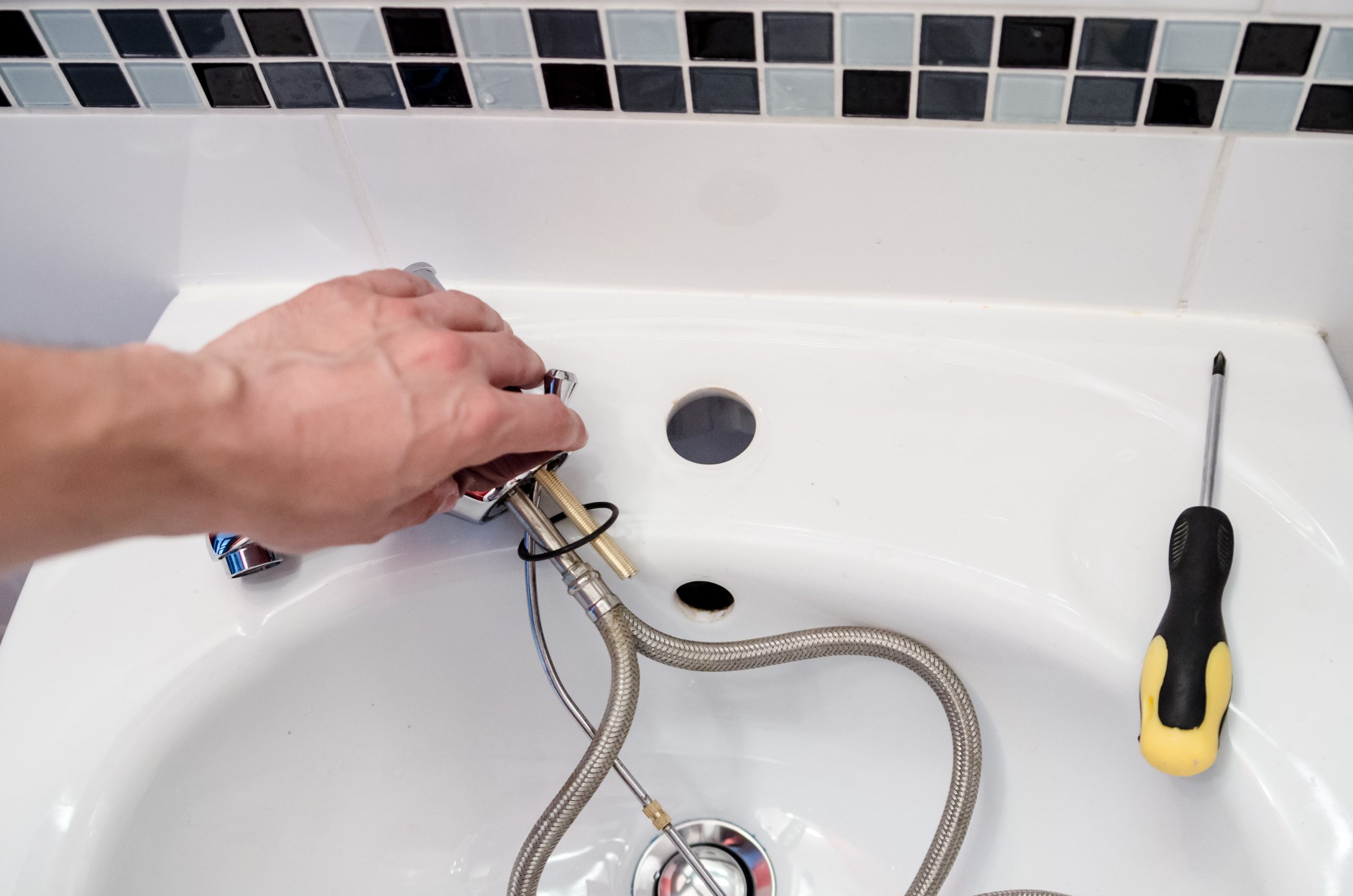Rainwater Harvesting: Can We Use Any Tank?
Our need for drinking water is increasing day by day. Recovering rainwater is the best solution to reduce our water bill at the end of each month. Let’s discover, in detail, the means of water recovery.
For Which Reasons to Recover Rainwater?
Using a rainwater harvesting system protects the water table while saving money. Indeed, water consumption is increasing day by day. Access to drinking water requires high costs.
The Different Rainwater Harvesting Tanks
Using one or more rainwater harvesters considerably reduces the drinking water bill and preserves the environment. But it would help if you chose a rainwater harvesting tank adapted to your needs.
– Polyethylene tank
Easy to install, this tank is light and inexpensive. It is not resistant to the acidity of rainwater, which causes corrosion problems in the pipes. On the other hand, to treat the rainwater, you can use limestone.
– Overhead tank
This tank is designed for users who only need a small amount of water. Indeed, their capacity is limited to a few hundred liters. The use is based only on watering the garden. Easy to install, this collector requires an excellent location to collect rainwater. This type of tank is trendy since no administrative authorization is necessary to install it.
Water Recovery by Buried Tank
For this type of tank, it is necessary to carry out earthworks:
– install an automatic filter at the base of the gutter;
– the tank must be connected to the water inlet pipe of the roof and to various pipes;
– install an external pump to use the water.
To consider installing this type of tank, the water drainage system must be in good condition and well maintained. It is necessary to do regular cleaning. The installation of the tank requires substantial work. A submersible pump is helpful for outdoor use, while it will be a booster pump for indoor use.
The Usefulness of Rainwater Harvesting
Water resources are becoming increasingly scarce due to water pollution. Saving water limits the work of the water tables that feed our networks. Thus, it will limit the increase of dirty water to be treated.
Accessories for Rainwater Harvesting
Each type of rainwater harvester has accessories to facilitate the installation, use, and improvement of the water quality.
– Filtering collector
The filtering collector is glued to the downspout and connected to the tank by a rigid pipe.
– Faucet
Made of steel or brass, the tap is usually supplied with skimmers. They can be changed if they are damaged.
Lid
Present on most overhead tanks, it facilitates periodic cleaning.
– Connection kit
It allows the connection of two rainwater harvesters to increase the storage capacity.
The Quantity of Rainwater That Can Be Recovered
There are several factors to consider to recover as much rainwater as possible: the roof’s nature, surface and slope of the roof, and the cleanliness of the filter. Indeed, the volume recovered is always lower because of the overflow of the gutters, especially if the storm rages or if the filter is partly blocked.
The use of rainwater outdoors is not a problem; indoors, its use must follow the standards. For example, the water must be treated in the kitchen before cleaning the various foods.




[…] Having a job is of paramount importance these days. Indeed, there are many jobs in the world. The fact…
[…] Personally, I need a hot shower whether we are in winter or summer because I don’t feel clean otherwise,…
[…] Sound off in the comments section below, and tell us what you want to read next and if you…
[…] unfortunately, when it concerns a major plumbing issue, a botched job might end up causing a lot of harm…
[…] overestimate your talents, either. Sure, some simple jobs (like prevention!) can be done by a handy homeowner. But don’t…